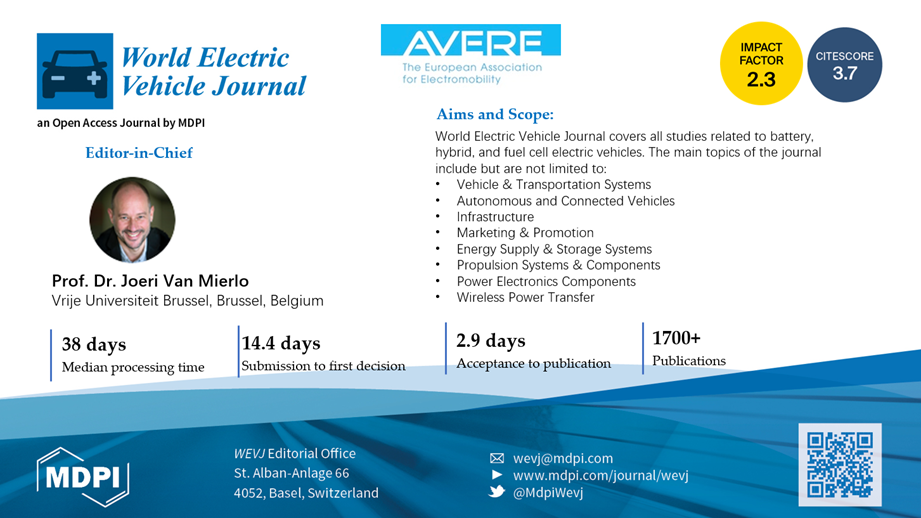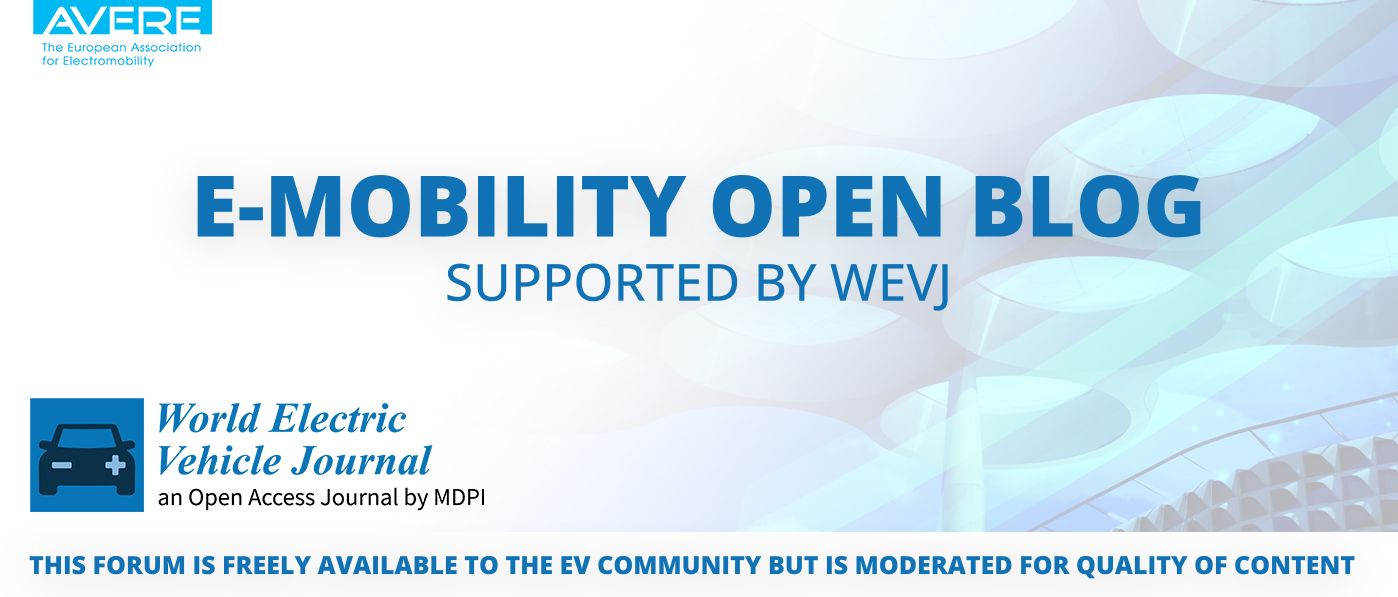
Sungrow EV Charging Introduced Low and Fast EV Charging solutions
Sungrow’s integrated charging solution features high protection capability, premium efficiency, low noise, slashed operation & maintenance cost, and many more user-friendly innovative technologies.

“Driving Collaboration in Europe's Thriving EV Sector: opportunities for emissions reductions”

In the rapidly evolving landscape of the European electric vehicle (EV) sector, partnering is the key to innovation and sustainability. As the demand for clean and efficient transportation solutions continues to surge, forming strategic partnerships is essential for staying at the forefront of this dynamic industry. In this blog, we'll explore the immense potential for partnerships within Europe's thriving EV sector. The pressing threat of climate change necessitates urgent and substantial carbon emissions reductions from all of us. Among the leading contributors to emissions is the transportation sector. Globally, road transport alone is responsible for approximately 12% of emissions. Interestingly, this sector offers a readily available zero-emission alternative, so what impedes our progress toward emission reduction? In recent years, electric vehicle (EV) sales have gained significant traction in developed markets, triggering a global race among car manufacturers and governments to produce batteries and integrate them into vehicles as rapidly as possible. This competitive push is driven by the realisation that falling behind in this race means forfeiting a share of the future automotive market, which is increasingly turning to battery-electric vehicles.
Source: New AutoMotive analysis
World Electric Vehicle Journal : Thermal Analysis of Coupled Resonant Coils for an Electric Vehicle Wireless Charging System
Authors: Chunming Wen, Qing Xu, Minbo Chen, Zhanpeng Xiao, Jie Wen, Yunyun Luo, Xiaohui Zhao, Yuanxiong Liang, and Kairong Liang

Electric vehicles use wireless energy transmission to obtain energy, which can effectively avoid the shortcomings of traditional methods. As the carrier of radio energy transmission and reception, the high temperature of the coil triggers the degradation of wireless transmission performance and the aging of the coil, which may cause fire and other safety problems in serious cases. This paper studied the temperature distribution of the magnetically coupled coil model for electric vehicles. Based on the study of the basic law of heat transfer, the coil model was established using ANSYS software, and the boundary conditions and relevant parameters were set. After many simulation experiments and comparisons, it was finally determined that the transmitting coil and the receiving coil were the same sizes, the inner diameter of the coil was 100 mm, the outer diameter of the coil was 181 mm, and the coupling distance between the transmitting coil and the receiving coil was set to 60 mm. Coil models were simulated and analyzed using different materials. The simulation results show that after 30 min of system operation, the material chosen from the temperature range may have been gold, silver, copper, or aluminum, but from the comprehensive consideration of cost and performance, the material of the coil in the model was finally set to copper. Copper was the best material; its temperature maximum was 74.952 °C and lower than the safety value of 80 °C. It is hoped that this study will provide a reference for wireless charging coil design.

Hyundai

Hyundai is one of Europe’s leading EV manufacturers, as it transitions to becoming a Smart Mobility Solutions Provider. The company is demonstrating its leadership in e-mobility and the creation of sustainable societies by pioneering innovative technologies like Vehicle-to-Load and Vehicle-to-Grid.
World Electric Vehicle Journal : The “Semiconductor Crisis” as a Result of the COVID-19 Pandemic and Impacts on the Automotive Industry and Its Supply Chains
Authors: Benjamin Frieske and Sylvia Stieler
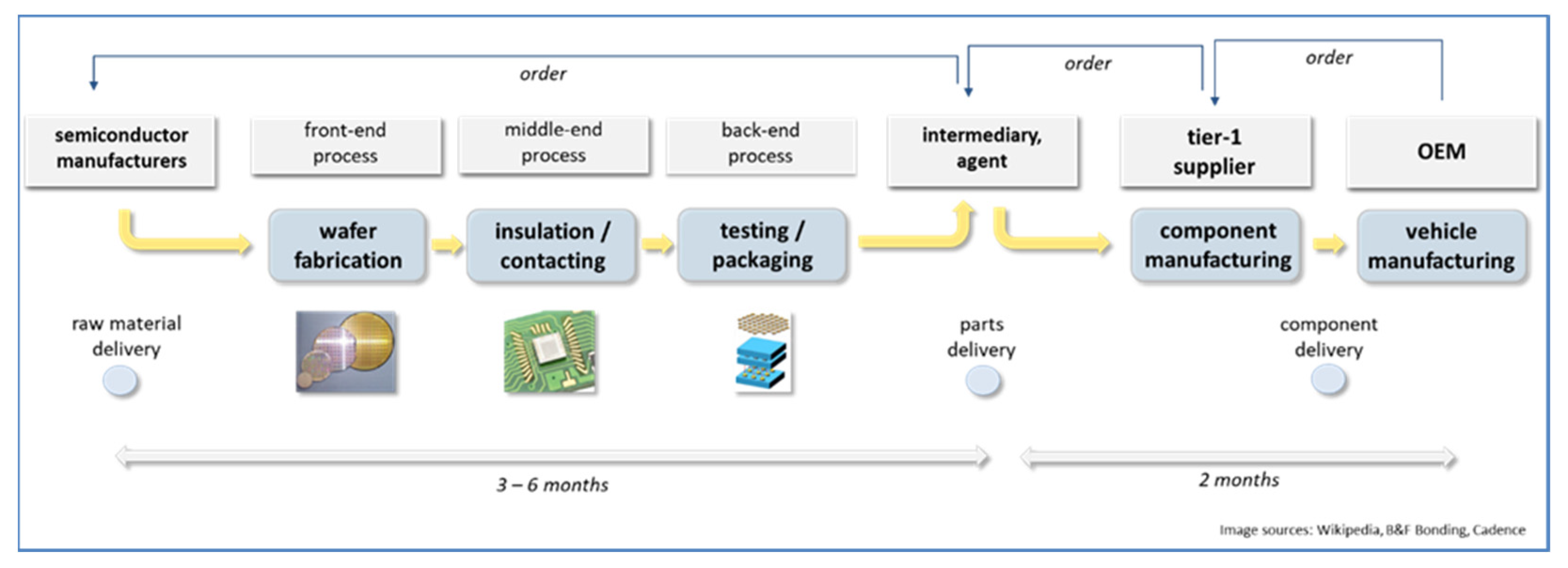
In the first half of 2020, the coronavirus pandemic led to a drastic slump in the automotive industry, which was replaced by a surprisingly rapid growth in demand in the fall of 2020, and consequently led to the current shortages in microelectronic products. The prospect of an equally rapid economic recovery in the automotive industry is still threatened by supply bottlenecks for raw materials and key components, foremost for semiconductors. The so-called ‘semiconductor crises’ show exemplarily the overlapping of short-term supply chain disruptions with long-term structural features of the semiconductor industry. The combination of both is preventing that the supply situation in the automotive industry will improve quickly. First in this paper, the reasons for and respective effects of the crisis on the automotive industry are investigated by a quantitative market analysis. Second, specific strategic measures and options of automotive Original Equipment Manufacturers (OEM) and suppliers in Germany to cope with the situation and increase resilience in future supply chains are described by the means of qualitative expert interviews. By that, the paper helps in understanding the actual situation in the automotive industry, on the one hand, and contributes to the field of strategic supply chain and risk management with a focus on practical implications on the other hand. The results aim to support political stakeholders as well as small and medium sized enterprises to prepare themselves for future developments in the automotive market and changes in manufacturer–supplier relationships due to the transformation to new powertrain technologies and digitization.
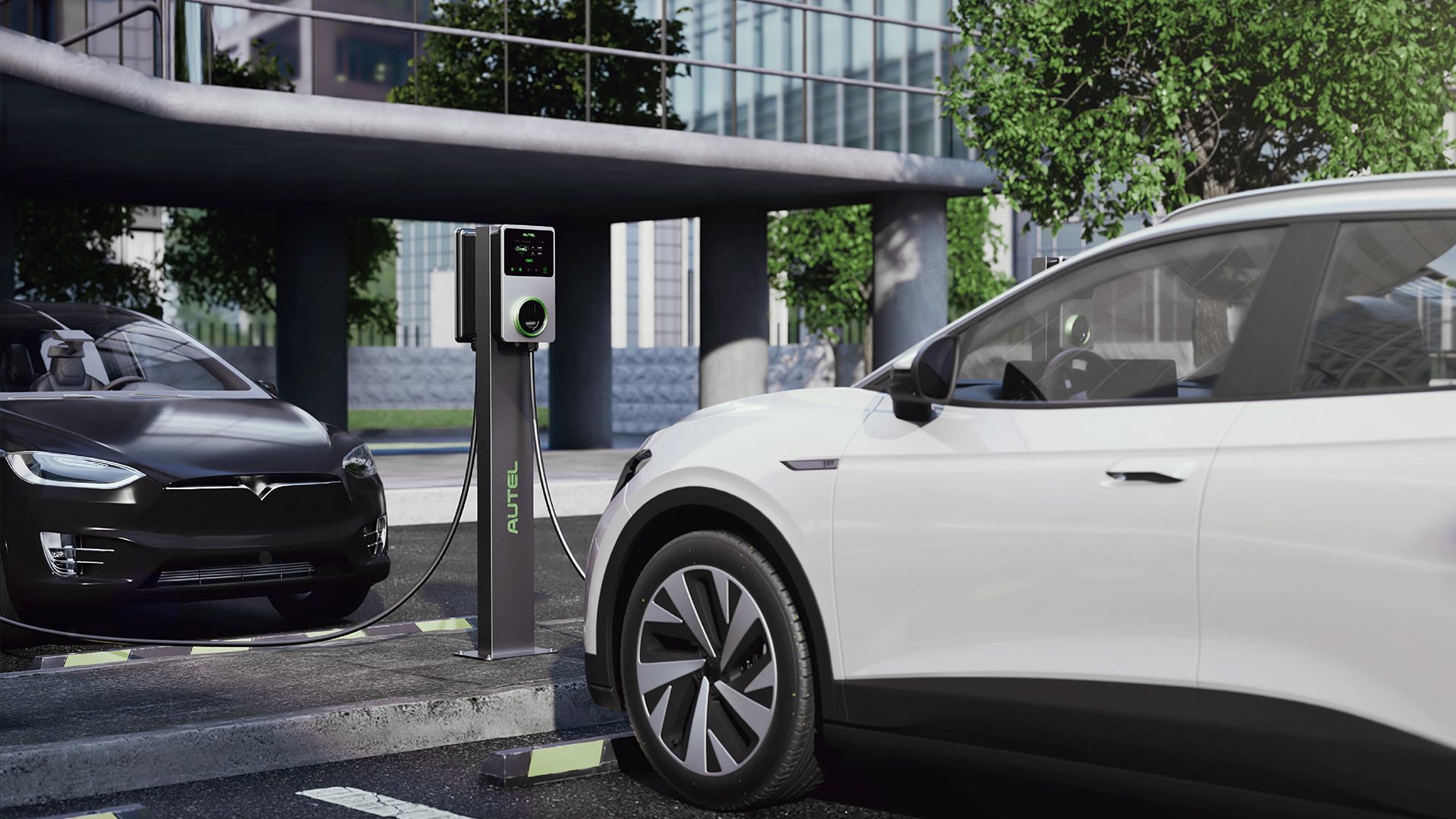
Autel Energy bringing innovative new EV chargers across Europe

Autel Energy, a leading electric vehicle (EV) charger manufacturer, will showcase their latest 47 kW Maxicharger DC Compact EV charger, designed for fast and convenient charging. Attendees can visit Autel Energy's booth to explore their EV chargers and discuss partnerships.
World Electric Vehicle Journal : Leveraging Connected Vehicle Data to Assess Interstate Exit Utilization and Identify Charging Infrastructure Investment Allocation Opportunities
Authors: Jairaj Desai, Jijo K. Mathew, Howell Li, and Darcy M. Bullock.

With an influx of public and private sector investment in the electric vehicle (EV) domain, public agencies and stakeholders need objective, equitable and systematic processes for identifying candidate sites for siting charging stations. This paper reports on a case study examining the Indiana Interstate network using connected vehicle data (CV). The Indiana Interstate network analyzed by this study is composed of 1247 centerline miles along nine routes. Each month, approximately 13 billion CV records representing more than 44 million unique trips are generated along all roads in Indiana. For this study 3.02 billion records comprising 4.78 million trips on and around Indiana Interstates and Exits were analyzed for usage patterns. The CV data was predominantly from internal combustion engine vehicle (ICEV) passenger cars, but provides insight into exit utilization and dwell times at 544 exits on 9 interstate roadways to evaluate how their current usage would align with building out Indiana’s Alternative Fuel Corridors. A pareto sorted graphic for the top 50 busiest exits in the state shows that all but two are not well served by fast charging infrastructure. The paper suggests this pareto sorted list as a good starting point for further analysis and identified 15 exits on Indiana interstates, if chosen for deploying charging infrastructure, would ensure full compliance. The results provide a systemwide look at present dwell patterns among ICEVs and help identify locations of interest that would most benefit from addition of charging infrastructure as the current fleet of ICEVs gradually transitions to EVs.
Leapmotor
Founded in 2015, and listed in Hong Kong in 2022, Leapmotor is a tech-driven EV corporate. Led by Mr. Zhu Jiangming, an electrical engineer and entrepreneur with more than 30 years of experience, it's now a top-three EV maker with all-domain in-house development.
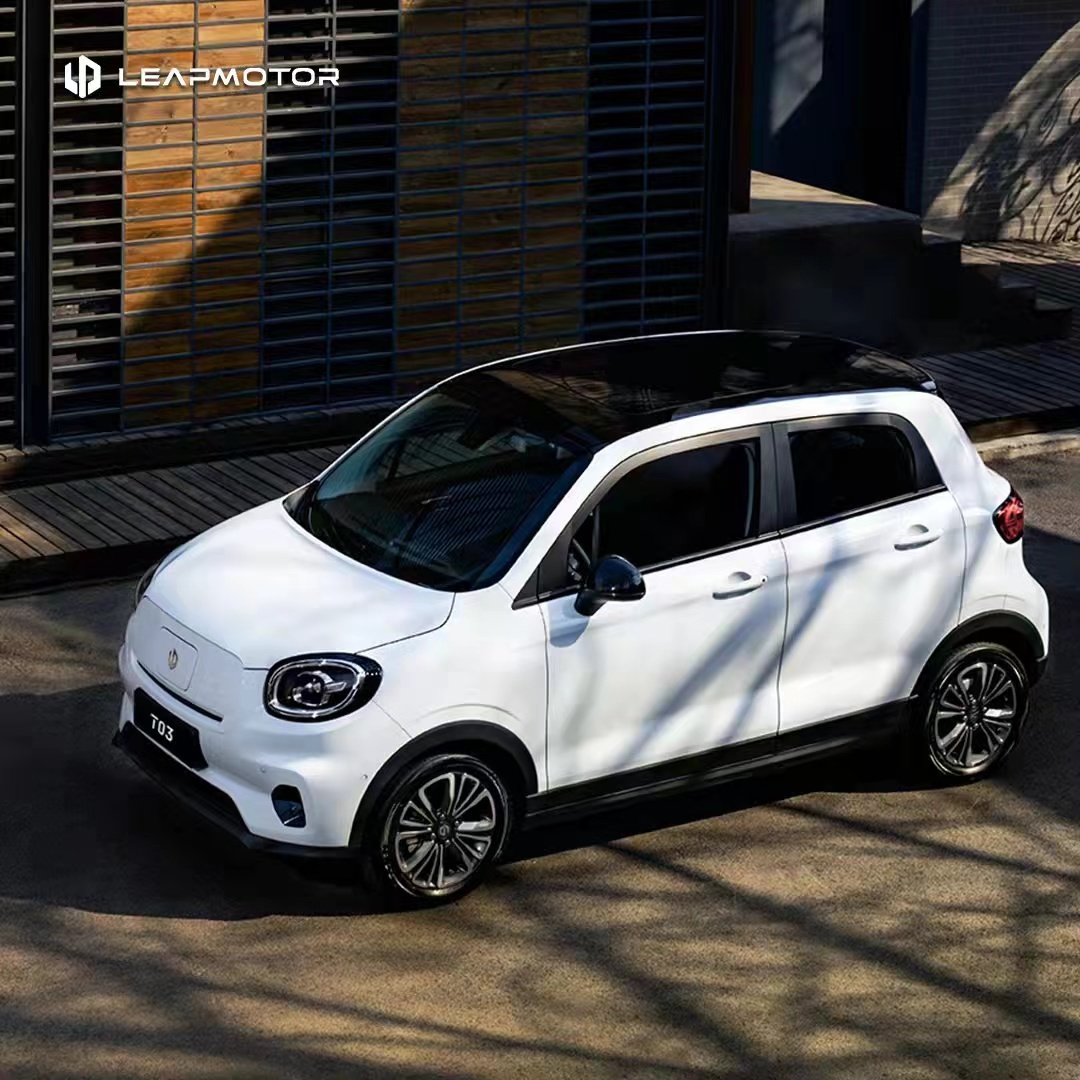
World Electric Vehicle Journal : Implementation Schemes for Electric Bus Fleets at Depots with Optimized Energy Procurements in Virtual Power Plant Operations
Andreas F. Raab, Enrico Lauth, Kai Strunz, and Dietmar Göhlich

For the purpose of utilizing electric bus fleets in metropolitan areas and with regard to providing active energy management at depots, a profound understanding of the transactions between the market entities involved in the charging process is given. The paper examines sophisticated charging strategies with energy procurements in joint market operation. Here, operation procedures and characteristics of a depot including the physical layout and utilization of appropriate charging infrastructure are investigated. A comprehensive model framework for a virtual power plant (VPP) is formulated and developed to integrate electric bus fleets in the power plant portfolio, enabling the provision of power system services. The proposed methodology is verified in numerical analysis by providing optimized dispatch schedules in day-ahead and intraday market operations.
Baden-Württemberg on its way to becoming the top location for e-mobility
Baden-Württemberg is the birthplace of the automobile. In 1886, Carl Benz registered the first patent for a three-wheeled motor car. Later, the Mercedes-Benz and Porsche companies were founded in Stuttgart. From this, a comprehensive supplier landscape developed around the combustion engine. Now, this industry is undergoing a radical change towards electric drive.
World Electric Vehicle Journal : Performance Comparison of Si IGBT and SiC MOSFET Power Module Driving IPMSM or IM under WLTC
Authors:Hirokatsu Umegami, Toshikazu Harada, and Ken Nakahara

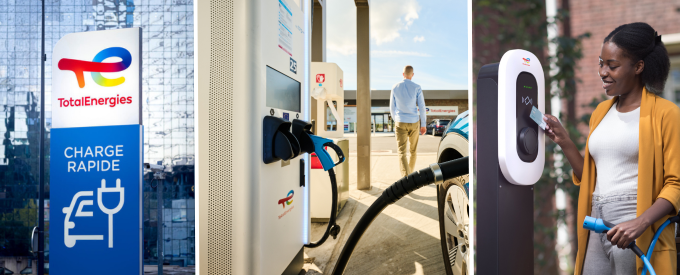
Total Energies
TotalEnergies aims to become a major player in responsible energy. Backed by its customer base, its network and the breadth of its products and services, TotalEnergies is promoting the development of large-scale electric mobility by providing integrated, turnkey solutions, from supplying green energy to operating the charging service. Since 2020, TotalEnergies has pursued its deployment of in large metropolitan areas around the world. The Company has a large portfolio of charge points in operation or under construction in Antwerp, Brussels, Ghent, Flemish, Greater Amsterdam, London, Paris, Singapore and Wuhan.
World Electric Vehicle Journal : Investigation and Development of Textile Lightweight Bodies for Urban Logistic Vehicles
Authors: Fabian Edel, Corinna Pulkus, Sarah Kim, Juergen Erhardt, and Sven Kuijpens

The urban logistic sector is struggling with the following two problems: a particularly high level of traffic and air pollution. For those reasons, small electric vehicles are the perfect technical solution to cope sustainably with the increasing parcel volume in urban areas. To compensate the weight disadvantage of electric drive, a textile lightweight solution for the body of logistics vehicles is examined in this study. Therefore, various textiles and mounting solutions are examined and developed, as well as tested by multiple testing procedures. The result of this work is an ideal combination of a textile and suitable mounting method for a textile lightweight body for last—mile logistic vehicles.
World Electric Vehicle Journal : Perspectives on Modeling Energy and Mobility Transitions for Stakeholders: A Dutch Case
Authors:Younjung Choi, Marcus Vinicius Pereira Pessoa, and G. Maarten Bonnema
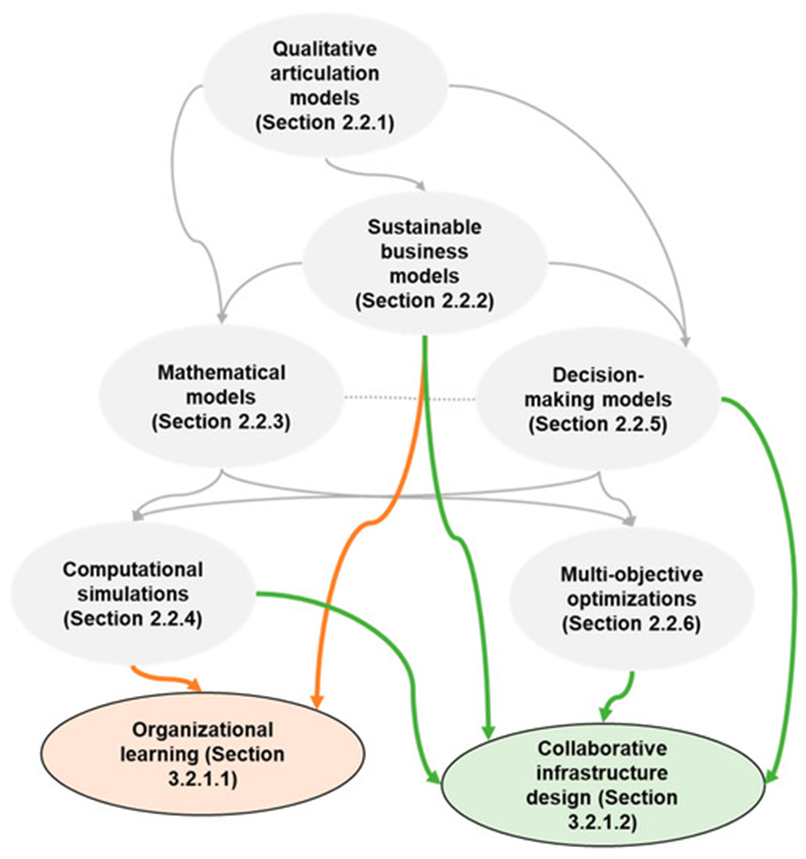
We address the value of engaging stakeholders in energy and mobility transitions by using models. As a communication medium, models can facilitate the collaborative exploration of a future between modeling researchers and stakeholders. Developing models to engage stakeholders requires an understanding of state-of-the-art models and the usability of models from the stakeholder perspective. We employ mixed methods in our research. We present the overview of models that have been proposed to make sense of the transitions in the scientific literature through a systematic literature mapping (n = 105). We interviewed 10 stakeholders based in The Netherlands to elaborate on use cases in which models can benefit stakeholders in practice and the characteristics of usable models. We conclude our research by elaborating on two challenges of model design that modeling research can consider to engage stakeholders. First, we argue that understanding the epistemic requirements of both modeling researchers and stakeholders that models can simultaneously meet is crucial (e.g., questions addressed using models and assumptions). Second, we seek technical solutions for producing models in a time-wise manner and developing interfaces that allow models distant in formalism and represented phenomena to communicate in tandem. Our research creates awareness of the model design aspect by considering its usability.
World Electric Vehicle Journal : Battery Health Monitoring and Degradation Prognosis in Fleet Management Systems
Authors: Adnan Nuhic, Jonas Bergdolt, Bernd Spier, Michael Buchholz, and Klaus Dietmayer.
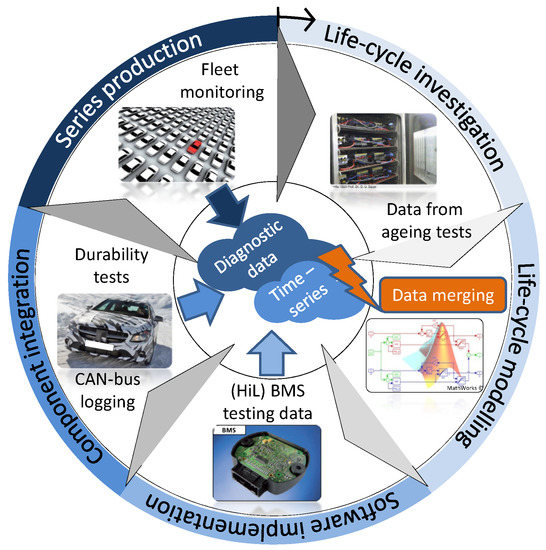
Abstract: Today, fleet management systems with battery health monitoring capabilities are in the focus more than ever. This paper addresses the development of a novel battery health monitoring algorithm with a degradation prognosis feasibility particularly adapted for usage in fleet management systems. Moreover, the chosen degradation prognosis approach adapts itself continuously on varying environmental conditions or utilization modes by identifying the impact factors which lead to a certain degradation trend. Such findings, when accessible with a fleet management system, offer various possibilities for fleet analysis techniques e.g., to identify an imminent battery failure.
ECO/G
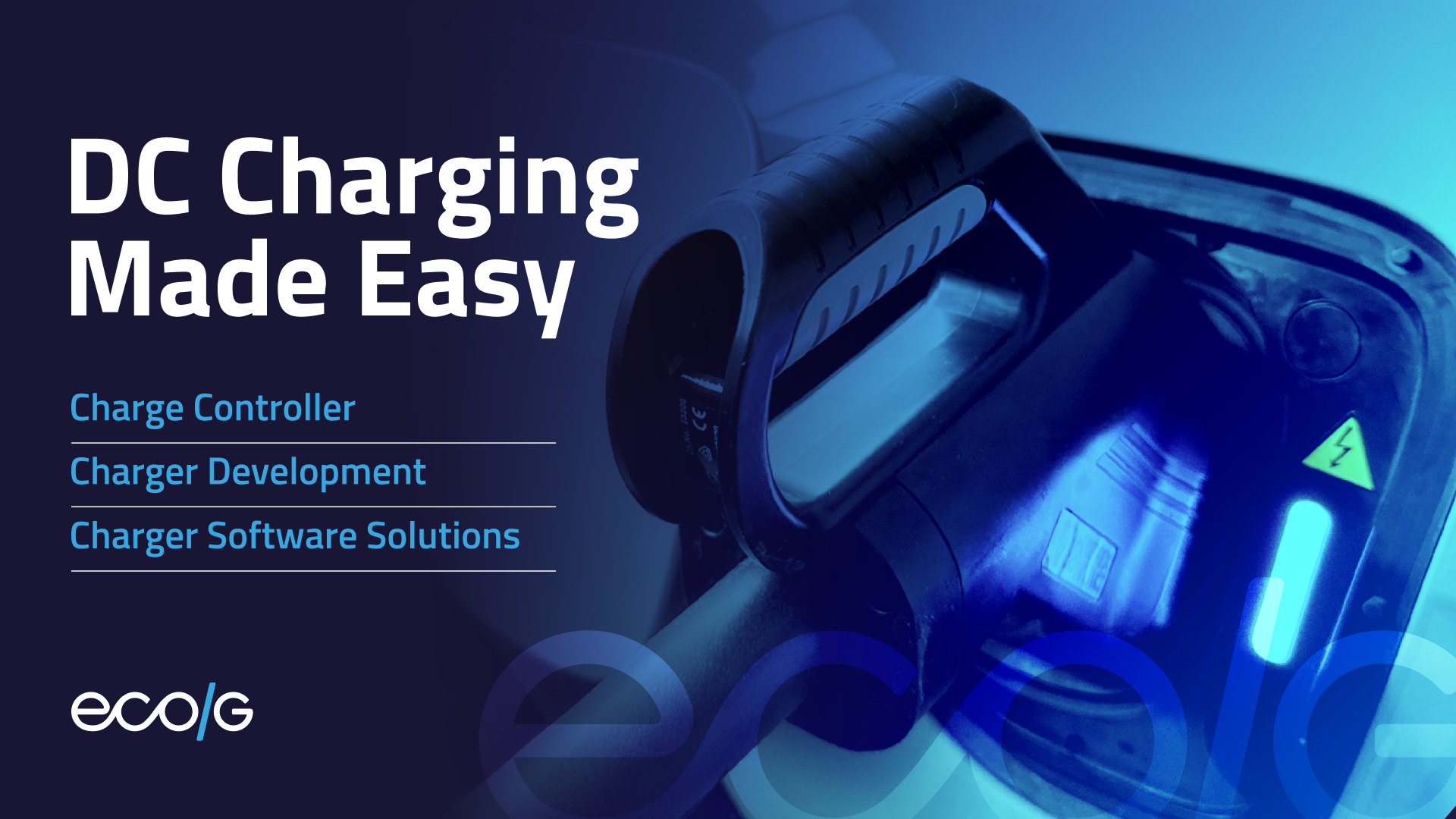
Munich-based tech company EcoG dominates Europe's DC charging market with a 15% market share, growing also in India and North America. Offering firmware, charge controllers and more, EcoG specializes in enabling manufacturers to get chargers to market quickly and easily.
World Electric Vehicle Journal : Evaluation of a Back-up Range Extender and Other Heavy-Duty BEV-Supporting Systems
Authors: Lennarth Zander, Pontus Svens, Henrik Svärd, and Petter Dahlander
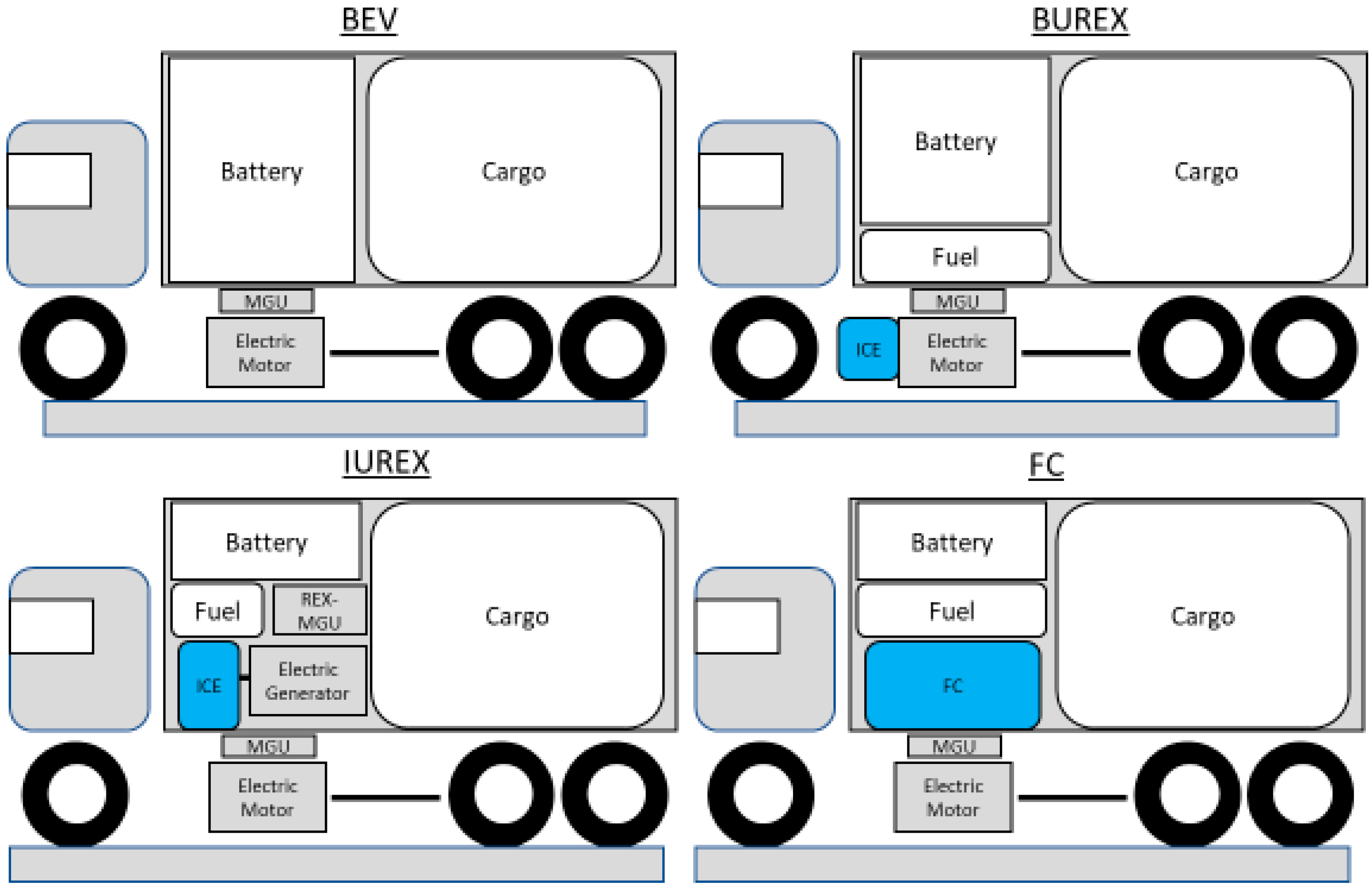
Abstract: Electric powertrains in terms of battery electric vehicles (BEV) are considered to be very interesting for heavy truck transportations. The challenge is the need for very large onboard energy and batteries. Long-term fuel cells (FCs) are considered an interesting support system for heavy-duty BEV, but in the short term, a range extender (REX) is also interesting. A heavy-duty BEV with 970 kWh batteries installed can handle 27% of all possible missions for the Scania fleet considering daily recharging. The back-up range extender (BUREX) can expand this figure to 55% utilized 20 days per year. If a customer has a few very energy-demanding use cases each year and does not want to pay for all the batteries needed, the BUREX may be an especially good option. The BUREX reduces life-cycle CO2 emissions, irrespective of the generation mix of the grid supplying the electricity used in vehicle manufacturing and battery charging. The BUREX reuse of the existing electric components of the BEV powertrain enables the installation of a 10% larger battery pack while being 80% less costly. The BUREX also adds redundancy to the BEV concept while recharging infrastructure improves, especially in rural places. These results indicate that the BUREX concept is a powerful short-term solution that could enable greater use of HD FC and BEV trucks while charging infrastructure and FC technologies gradually become more mature.
World Electric Vehicle Journal : Analysis of Energy Flow in a Mid-Sized Electric Passenger Vehicle in Urban Driving Conditions
Authors: Youngkuk An, Byeonggyu Yang, Jinil Park, Jonghwa Lee, and Kyoungseok Park

Because of emissions of exhaust gases, global warming is proceeding, and air pollution has increased. Thus, many countries are manufacturing eco-friendly vehicles, including electric vehicles. However, the range of electric vehicles is less than the range of internal combustion engine vehicles, so electric vehicle production is being disrupted. Thus, it is necessary to analyze the energy flow of electric vehicles. Therefore, to analyze energy flow of electric vehicles, this study suggested an energy flow structure first, then modeled the energy flow of the vehicle, dividing it into battery, inverter and motor, reduction gear and differential, and wheel parts. This study selected a test vehicle, drove in urban driving conditions and measured data. Then, this study calculated energy flow using MATLAB/SIMULINK in real time, and calculated and analyzed energy loss of each of the vehicle’s parts using the calculated data.
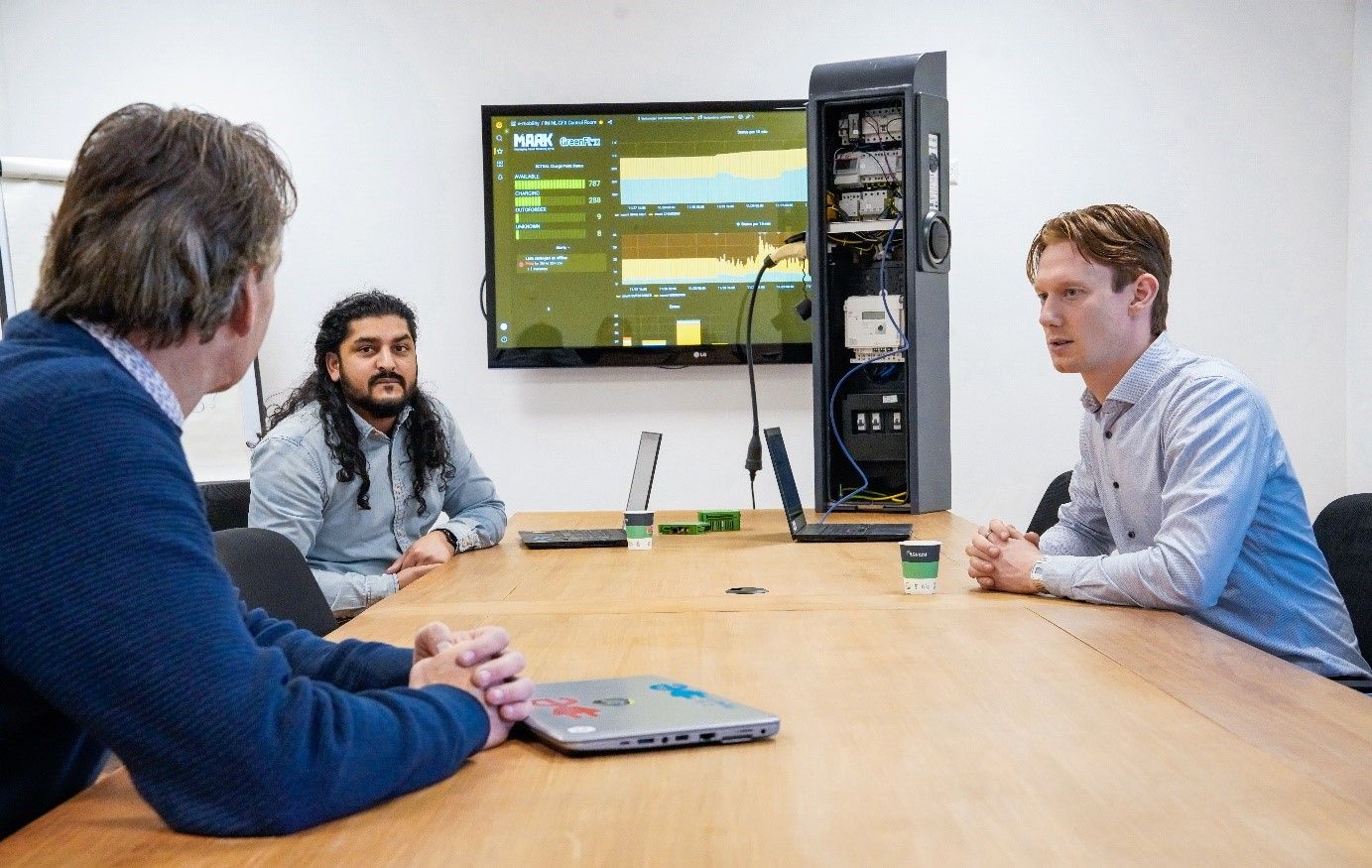
Empowering the Transition to Electric Mobility: Equans' Smart Charging Solutions
Equans, a leading charge point operator, manages more than 21.000 charge points in the Dutch grid. Our smart solutions address energy challenges by shifting demand, partnering with Liander and Stedin, optimizing renewable energy use, and reducing grid imbalances.
World Electric Vehicle Journal : Proposing a Hybrid Thermal Management System Based on Phase Change Material/Metal Foam for Lithium-Ion Batteries
Authors: Soheil Saeedipour, Ayat Gharehghani, Jabraeil Ahbabi Saray, Amin Mahmoudzadeh Andwari, and Maciej Mikulski.
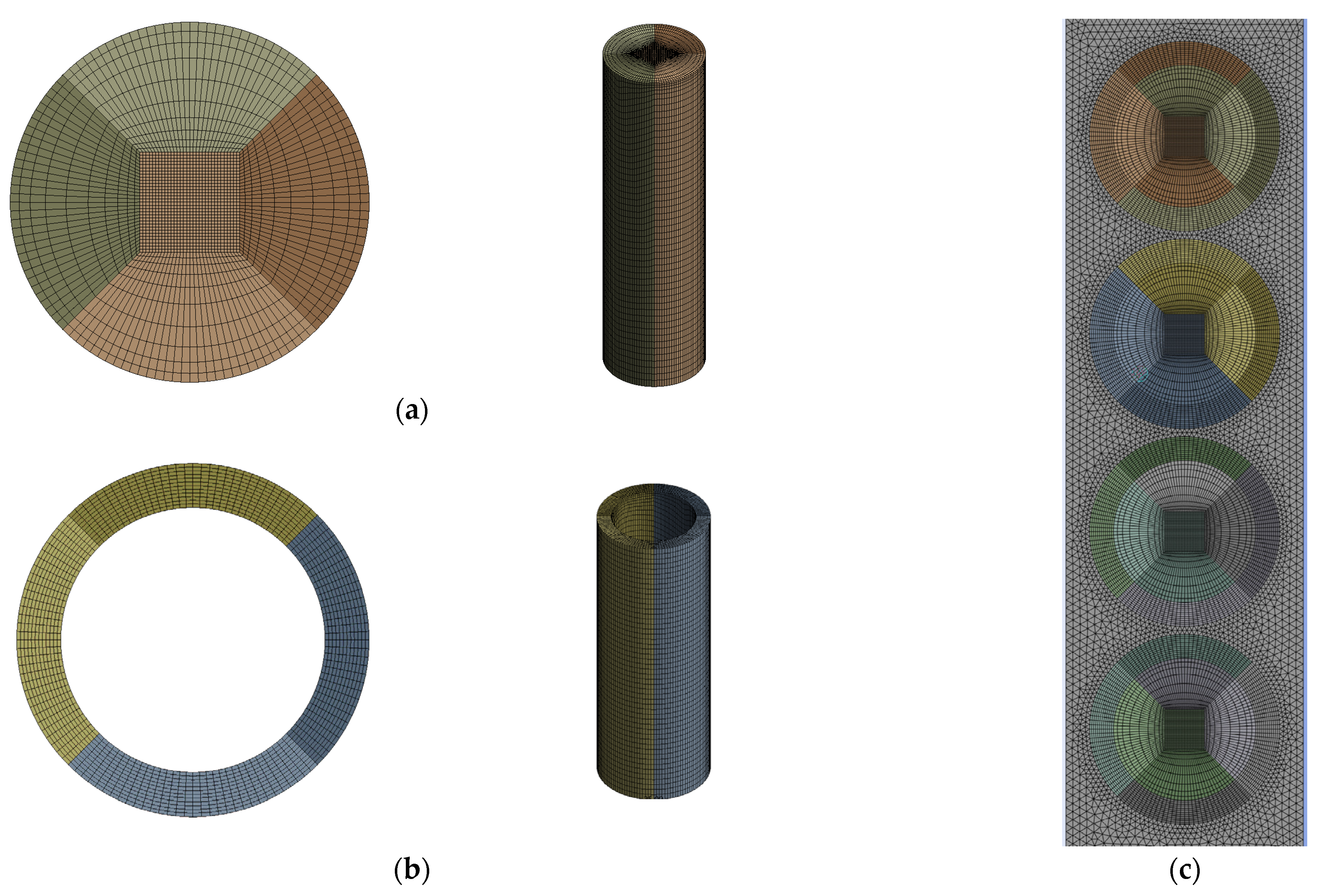
The charging and discharging process of batteries generates a significant amount of heat, which can adversely affect their lifespan and safety. This study aims to enhance the performance of a lithium-ion battery (LIB) pack with a high discharge rate (5C) by proposing a combined battery thermal management system (BTMS) consisting of improved phase change materials (paraffin/aluminum composite) and forced-air convection. Battery thermal performance is simulated using computational fluid dynamics (CFD) to study the effects of heat transfer and flow parameters. To evaluate the impact of essential parameters on the thermal performance of the battery module, temperature uniformity and maximum temperature in the cells are evaluated. For the proposed cooling system, an ambient temperature of 24.5 °C and the application of a 3 mm thick paraffin/aluminum composite showed the best cooling effect. In addition, a 2 m/s inlet velocity with 25 mm cell spacing provided the best cooling performance, thus reducing the maximum temperature. The paraffin can effectively manage thermal parameters maintaining battery temperature stability and uniformity. Simulation results demonstrated that the proposed cooling system combined with forced-air convection, paraffin, and metal foam effectively reduced the maximum temperature and temperature difference in the battery by 308 K and 2.0 K, respectively.
World Electric Vehicle Journal : Second-Life Batteries Modeling for Performance Tracking in a Mobile Charging Station
Authors: Marwan Hassini, Eduardo Redondo-Iglesias, and Pascal Venet
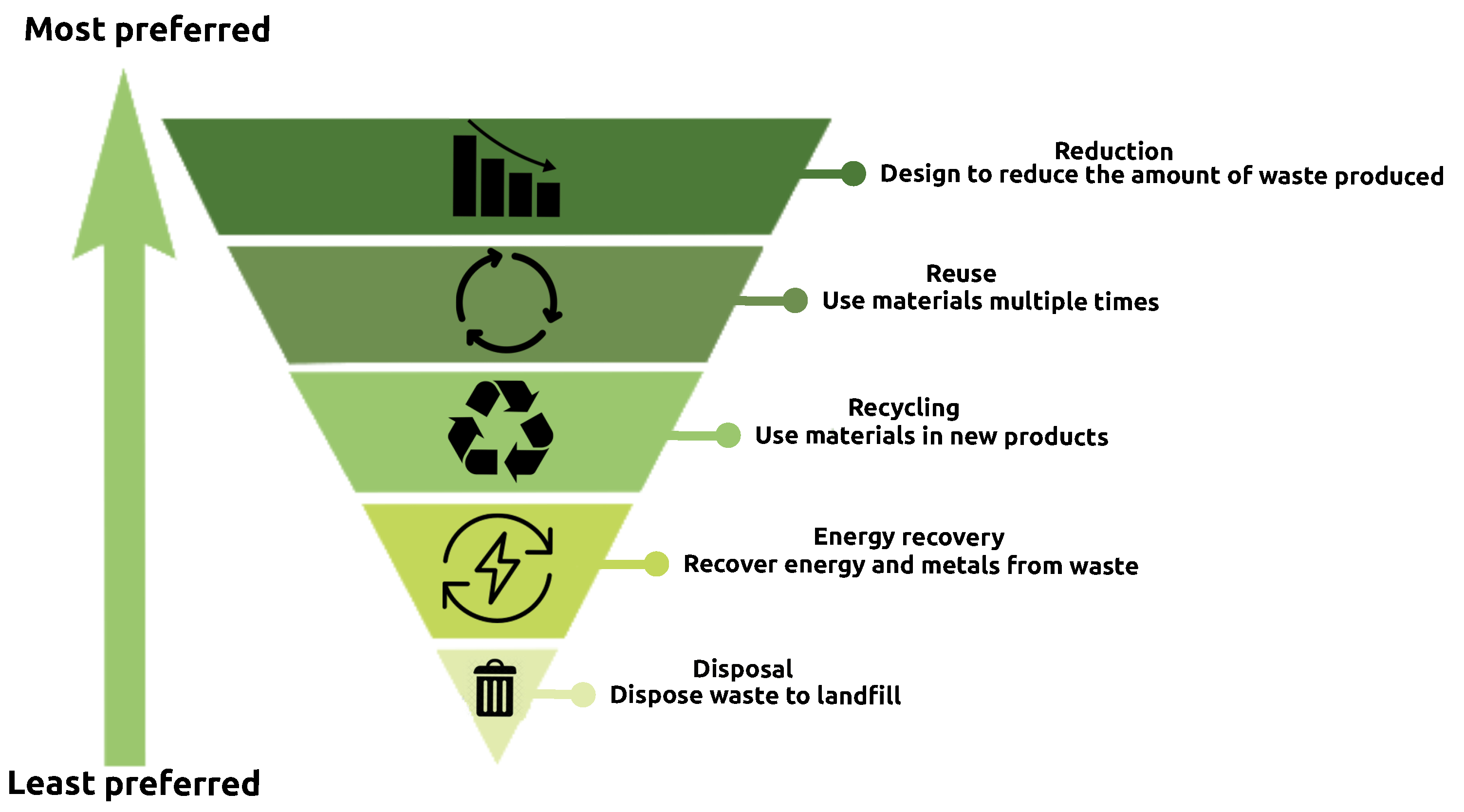
Lithium-ion batteries are seen as a key element in reducing global greenhouse gas emissions from the transport and energy sectors. However, efforts are still needed to minimize their environmental impact. This article presents a path towards a circular economy and more sustainable batteries, thanks to their reuse in mobile charging stations for electric vehicles. This work presents the results of characterization tests and modeling of second life batteries. The presented characterization test and electrical models can be used as references to evaluate the performance of aged batteries after their first life. Detailed test procedures and data results are provided in an open-access data paper.
